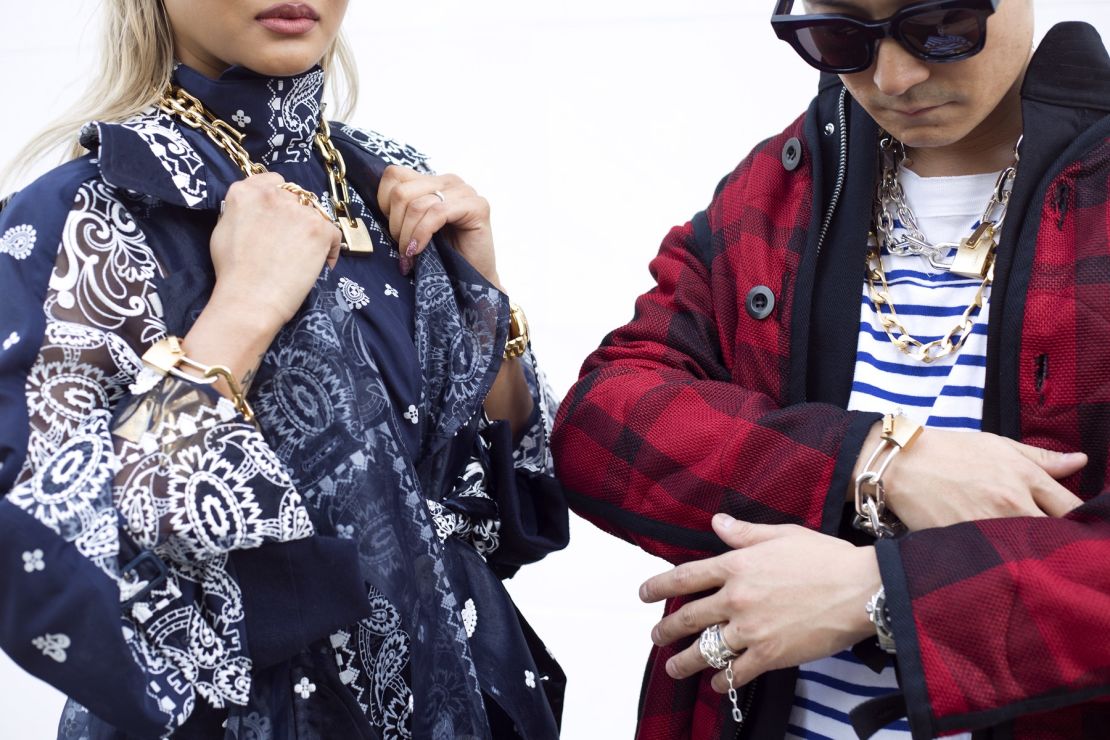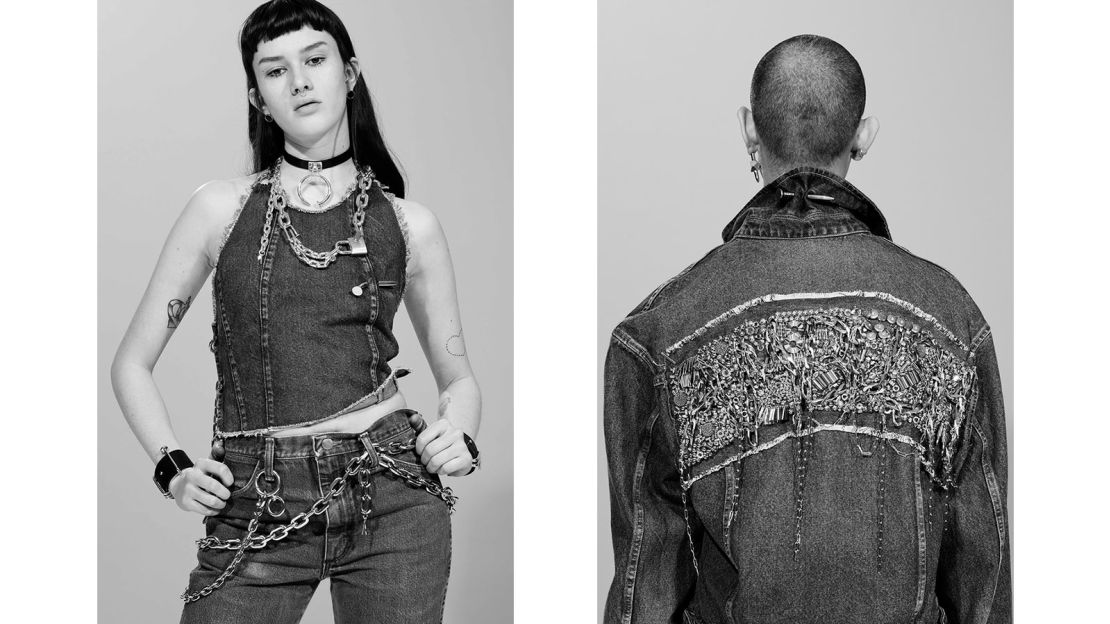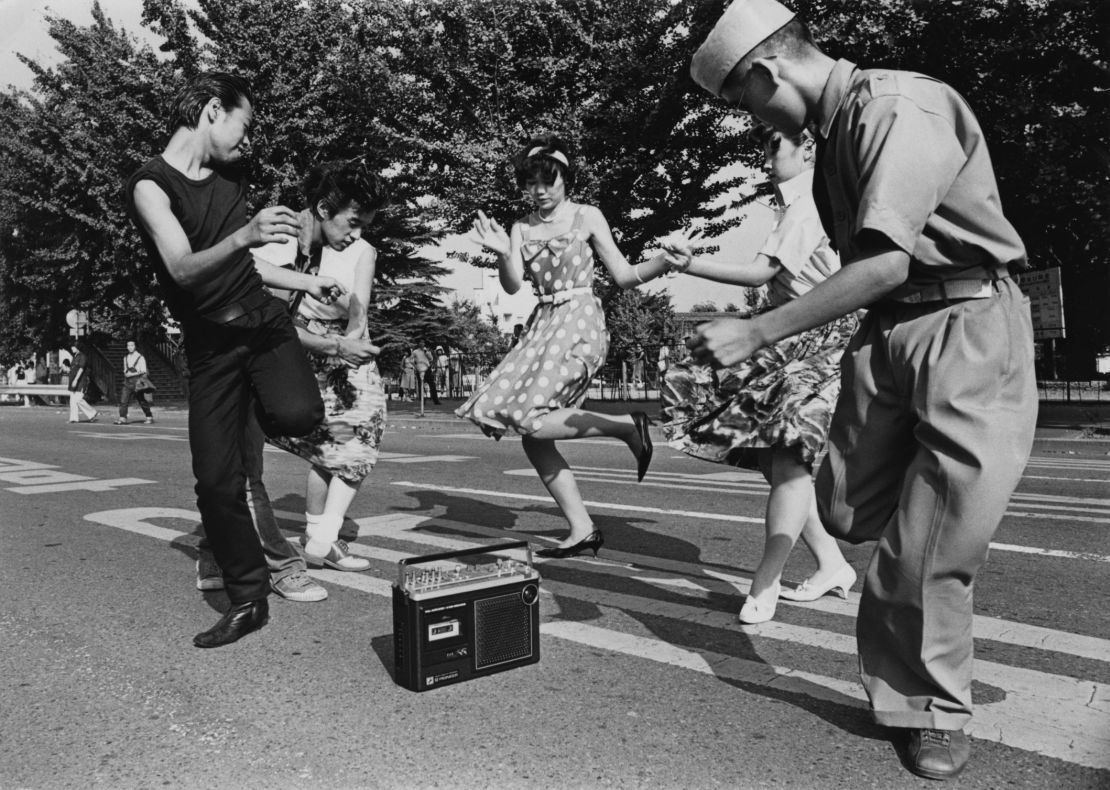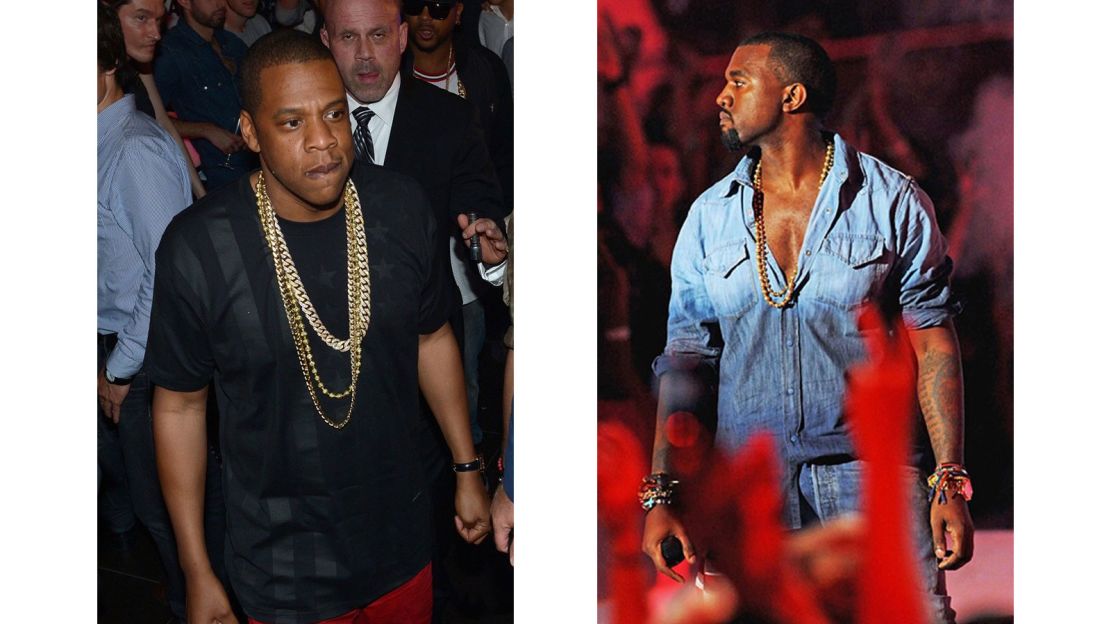Story highlights
Verbal and Yoon are the co-founders of Tokyo-based label AMBUSH
The brand has a celebrity following, including Beyonce and Kanye West
They’ve collaborated with Kanye West on jewelry design, and pop icons such as Rihanna, Beyonce and Lady Gaga have worn their accessories. But designers Verbal and Yoon – co-founders of the Tokyo-based luxury brand AMBUSH – created their game-changing accessories label almost by chance.
“The first necklace was just for fun,” Verbal said. “I had this dream of making a chain and just decided to design one that was completely my own.”

What started as a personal project has since expanded to a booming international business. AMBUSH is stocked in 57 stores worldwide, has an extensive list of celebrity clientele and has worked on impressive collaborations with the likes of luxury label Louis Vuitton and award-winning fashion collective SHOWstudio.
In addition to the duo’s latest collectiion, STANCE, which launched on April 29, Yoon has now also been listed as one of eight finalists for the prestigious 2017 LVMH Prize for Young Fashion Designers.
Fashion as expression
Described as “Tokyo’s premiere style icons” by digital publication Business of Fashion, the couple credits their status as tastemakers to the fashion industry in their home base: Japan.
“In Japan, I often feel that fashion is a quiet form of expression, and this concept of accepting the most diverse forms of expression is well engrained in the community,” Yoon says. “You do not mock a new style or idea, you do not bring each other down, you bring each other up. There is a place for every type of fashion personality.”
This diversity, they said, allows industry players to feed off each other’s ideas.
“You take something beautiful and make it even better, something new and unique. It allows you to view familiar things in a whole new light.”
Crafting to excellence
The Japanese denim jeans industry is one of the most prominent examples of taking on a classic and improving on it, according to Verbal.
“Here, denim jeans are not just seen as any ordinary everyday garment. Instead, there are factories dedicated to creating the perfect rust on every button. There is a dedication to crafting apparel to a level of excellence,” he said.
Although the classic blue denim jean originates from the United States, Japan now owns 70% of America’s vintage denim, and according to enthusiasts, Japanese denim makers are considered to have developed the material’s production to a level of perfection.

Embracing ‘remix culture’

But what gives the Japanese fashion industry a particularly unique competitive edge?
Verbal credits Japan’s “remix culture” – an environment he said encourages young designers to challenge the status quo.
“Growing up in Japan, there was no division between the subcultures,” he said. “We remixed culture by borrowing from foreign ideas and then diversified it as much as possible, to make it our own. It wasn’t uncommon to see skateboarders dancing to rockabilly while listening to hip-hop all at the same time.”
He said the couple embraced “remix culture” early on in their business model.
During the early days, AMBUSH reached out to – what would then be considered – unconventional personalities to represent the brand, particularly young influencers in the realm of streetwear and hip-hop.
The likes of West and Pharrell Williams – award-winning musicians who were then considered hip-hop’s rising stars – were often spotted in AMBUSH jewelry early in their careers.
Today it is common to see hip-hop artists in attendance at major fashion weeks (in fact, West – who frequently participates in New York Fashion Week as a designer – claimed the title of 2016’s most diverse fashion show), but it was not always the case.

“Now it’s no surprise to see these worlds collaborate, but back then, there was a dichotomy between the two worlds because high fashion turned its nose at streetwear and hip-hop,” Verbal said. “We rejected that divide; we didn’t understand why it even existed and did our part to make a connection.”
Tapping Japan’s undiscovered creativity

So what else can be learned from the Japanese fashion industry, and how can the world embrace its influence?

The couple said they believe the first step is to look beyond one’s own ideals of Japan’s fashion and explore its multitude of subcultures.
“People often have preconceived notions of how Japanese fashion culture functions,” Yoon said.
“For example, they’re familiar with Harajuku culture, and they think that’s all that exists here. But that’s just one part. Even within the fashions of the Harajuku district itself, you’ll see Lolita styles and then you’ll see goth. There is an aura of mystery, which encourages you to dig deeper, because so much of Japan’s own creativity is still undiscovered.”














